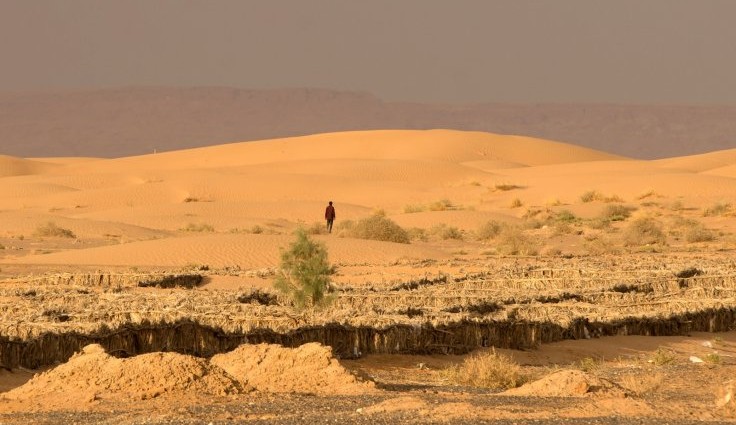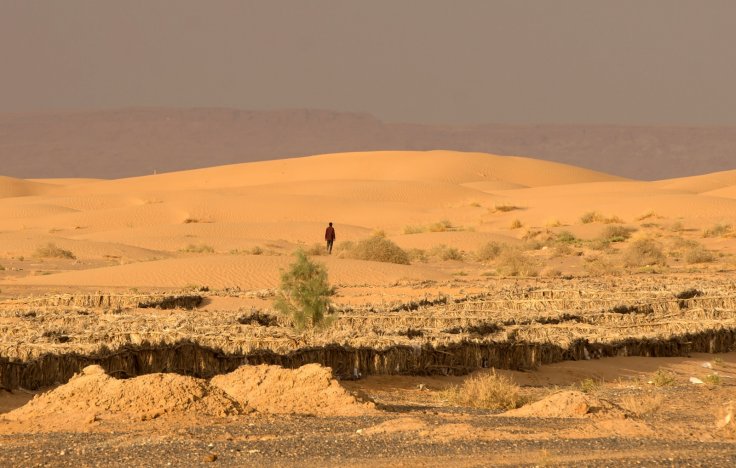The Sahara Desert used to be lush and full of vegetation – researchers find clues to what killed it

The Sahara Desert was a vast, rich grassland with plenty of rainfall just 6,000 years ago. Then it suddenly turned into the bleak and arid desert it is today. This transition was due to a shift in the circulation in the tropical atmosphere, researchers say.
A new model of how tropical rain belts shift over time shows that a shift in the Hadley circulation – a huge movement of air that rises from the equator and falls in the tropical regions – had a big role to play. But there isn't a straightforward link between where the Hadley circulation falls and the movements of rain belts elsewhere.
"It has been something of a mystery to understand how the tropical rain belt moved so far north of the equator. Our findings show that that large migrations in rainfall can occur in one part of the globe even while the belt doesn't move much elsewhere," says Robert Korty of Texas A&M University and an author of the study published in paper published in Nature Geoscience.
"We were able to conclude that the variations in Earth's orbit that shifted rainfall north in Africa 6,000 years ago were by themselves insufficient to sustain the amount of rain that geologic evidence shows fell over what is now the Sahara Desert. Feedbacks between the shifts in rain and the vegetation that could exist with it are needed to get heavy rains into the Sahara."
The study puts forward a framework that can be used to work towards predicting the effects of modern-day El Niño and La Niña events on tropical rain belts.
"One of the implications of this is that we can deduce how the position of the rainfall will change in response to individual forces," he says.
"Tropical rain belts are tied to what happens elsewhere in the world through the Hadley circulation, but it won't predict changes elsewhere directly, as the chain of events is very complex. But it is a step toward that goal," Korty says. "The framework we developed helps us understand why the heaviest tropical rain belts set up where they do."
This may aid researchers in predicting areas most vulnerable to future desertification.
Политика конфиденциальности | Правила пользования сайтом








